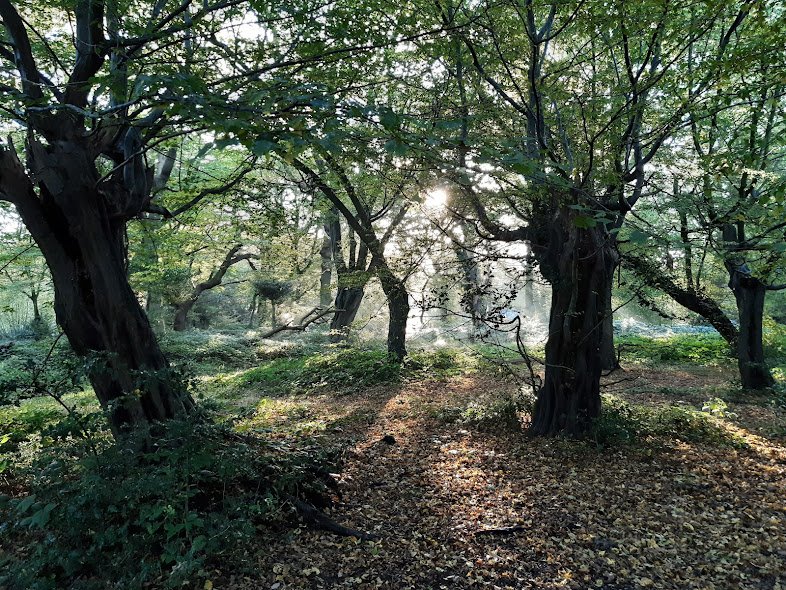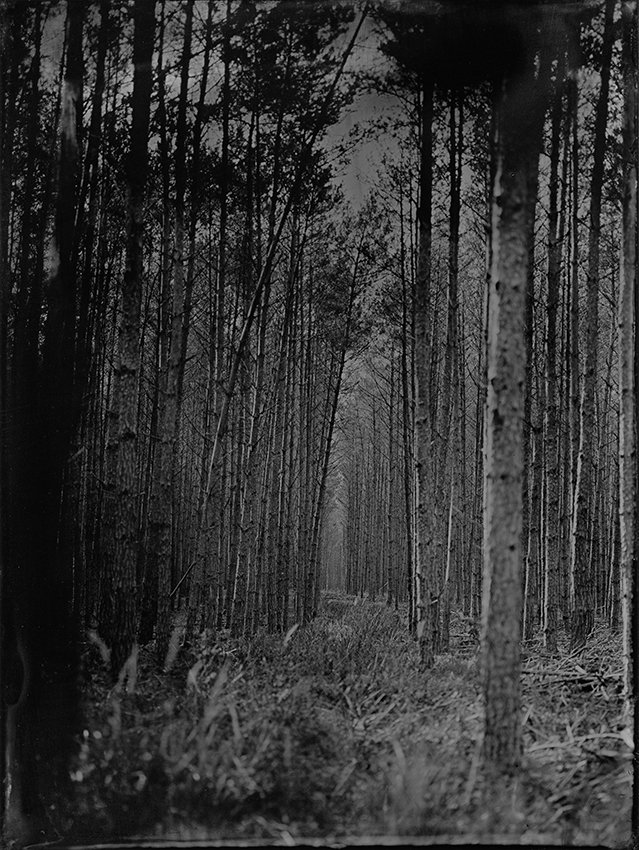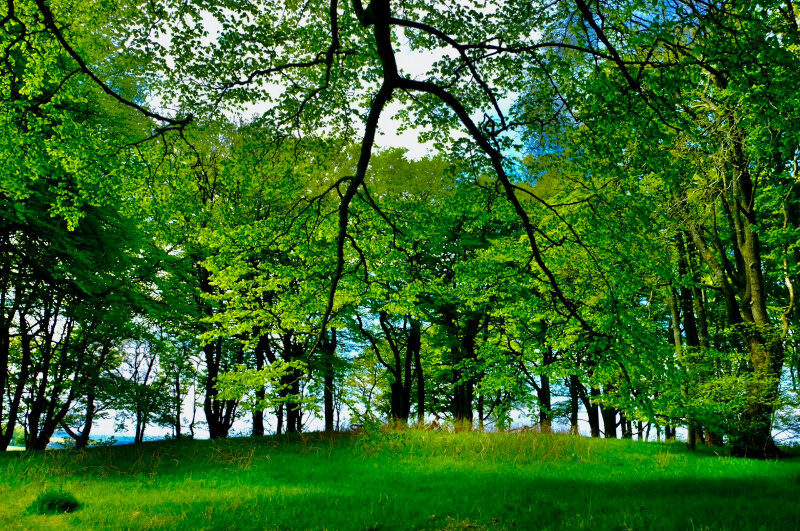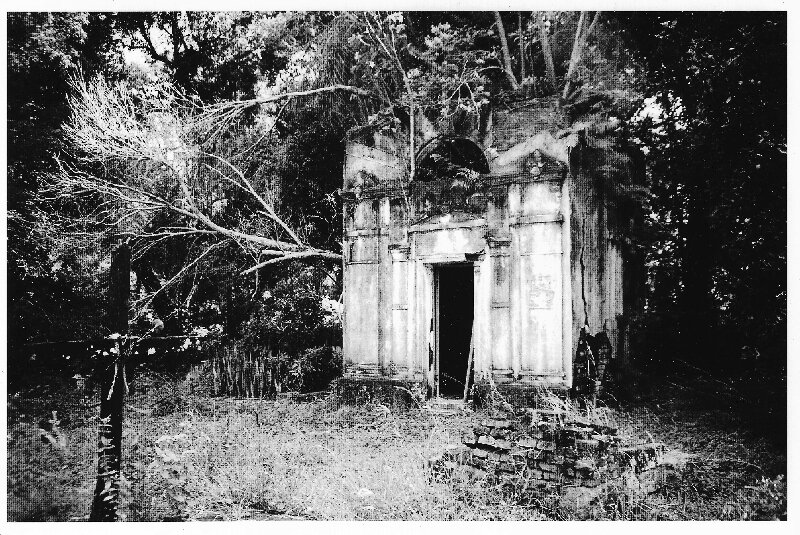By Sara Bellini:
I don’t know why the sea. I like expanding my gaze, following the waves in reverse until they reach the horizon and the water dissolves into the sky. It must be this idea of infinity - the line you can never reach, the water you cannot quantify - and of all the things that exist beyond the horizon and that I hold in my gaze without seeing them; another coast; another country; people and birds and trees. And while I contemplate these transcendental thoughts, I hear the waves in the background, repetitive and calming, always the same and always different.
When I was a child, we’d have a seaside holiday every year, and yet the sea of my childhood is different than that of my adulthood. The first one symbolised summer, ice-cream, playing and swimming, while the latter is more often a place of cold wind, of fish and chips, of walking and healing. This new relationship was forged around a decade ago, when I was living in London and unhappily so. Work was stressful and I needed to slow down. The lack of time, money and energy dictated my escape route: a Southern Railway train to Brighton. Every few months I would spend a day there, more rarely a night or two. I didn’t do anything special. I just wandered for hours and stared at the sea.
When I found myself in a similarly strenuous situation a couple of years ago, with no possibility of taking significant time off work, I thought of the sea again. The closest option from Berlin was the Baltic. My friend K. also needed to step out of her life for a moment, so we stepped out of our lives together, at the same time anchoring each other in order to avoid drifting away.
The trip itself was serendipitous, but the reason behind it was rooted in our existential impasse and the tiredness of not being able to find a way out. In our perception we were akin to severely ill pious women on a pilgrimage to Lourdes. Our Lourdes was nature. It was the sea.
If you take a train from Berlin up to what the Germans call the Ostsee, you reach a city called Stralsund. But the railway doesn’t stop there - it arches over the water to land again on Rügen. The island is connected to the mainland via a bridge, it’s that close. And yet, like every island, it is its own world.
“Beyond their actual geographical coordinates, islands will always be places we project onto, places which we cannot get a hold on through scientific methods but through literature.”*
Rügen became famous during the 18th century, when the Romantics made art of nature and in nature itself found the sublime. It was the painter Caspar David Friedrich who showed the world the charm of the island, its stunning white cliffs covered in leafy trees on a background of cobalt and till sea. The Romantics had good taste and heavy moods, and we followed in their steps with a ravenous hunger for the sublime, looking for something that would overwhelm us with beauty and shake us out of our skin.
The core of our stay on the island was an excursion to Jasmund National Park, a UNESCO world heritage site in the north-eastern part of Rügen. To be precise, UNESCO granted the title to the primeval beech forests in Germany, which shaped the whole continent after the last Ice Age, and have been severely damaged by human intervention. The title is there to keep these ecosystems intact, to protect them from us.
Tourists visit the park every year, mainly to see the impressive chalk cliff known as Königsstuhl. K. and I found it rather curious how people would pay to step on a platform on the cliff, rather than admiring it for free from an adjacent cliff. This is named for Victoria of Prussia (daughter of the English Queen Victoria) by her father-in-law Kaiser Wilhelm I, because she loved that spot. We thought about how the fact that someone once found that particular cliff so lovely brought someone with temporal power to give it a name and put it on a map, initiating a process of conservation and meaning-giving. It reminded us of the many ways in which human and natural history were intertwined, and how the former - shorter and more insignificant - has so often tried to claim the latter.
From the Victoria-Sicht we walked along the Hochufer - the path following the shoreline down below - dipping in and out of the woodland. It looked like some trees were growing from the rock walls, almost parallel to the sea underneath. A sign told us that the cliffs were made of chalk, which has the property of freezing during the winter and then thawing once more in spring. When that happens, the cliffs crumble down, taking pieces of the forest with them. This process is called natural erosion and it made me muse on the idea that the island we were on was the same island of Friedrich’s, but also significantly different. If I go back to Rügen every year, I thought, it will always be a geologically altered place, where the cliffs scratch and reshape themselves ever so slightly each spring: an island of entropy.
That was the first time I’ve walked in a forest on a cliff, and it was sensorially baffling. The smell of the wet ground and understory mixed up with the saltiness, whose scent was coming in waves, mirroring the water that generated it. On our right slugs and mushrooms, and on our left swans and a lonely red sail.
All of a sudden we had to stop, stupefied and awed, on a man-made path descending towards the sea. The dappled light made everything look green: our hands, our faces, the ground. The phenomenon appeared almost fairy-like, and we felt like we were about to metamorphose into sylvan creatures. The light seemed to possess a tangible quality, a volume, a physical presence. A few steps away, everything looked normal, and wooden stairs led us down to a pebbled beach.
We sat in the sun, enjoying the marine breeze and the glistening depth of the Baltic. We had swum the day before and we would swim again the day after, allowing the cold water to remodel our skin and turn us into marine creatures, dissolving the distance between us and the natural world where we craved to belong.
Walking in the woods was a richly immersive experience and we felt we were part of our surroundings, just like the birches and the chaffinches, the fungi and the mosses. Our minds were too busy processing all these inputs, in being present, that we didn’t have the time to get caught up in anxious thoughts about the future and the lives we had briefly put on hold. Wasn’t that what we were looking for - a reminder that we were made of the same matter of the sea and the forest? The cliffs themselves didn’t worry about anything, including their own demise, so it felt silly to do anything other than simply being.
The trees suddenly ended at the outskirts of the village of Sassnitz. We walked silently under the sun to reach the station, barely meeting any other people. As our bodies moved from nature to tarmac interspersed with rose-studded gardens, our headspace shifted from a present mode to our city-life mode, at the same time leaning forward towards the future while looking backward at the past. And yet we knew we had left some of our worries back in Jasmund National Park, perhaps lifted up by the birch branches while we were staring at the green light.
We started and ended our stay on the island in the same way, with fish and chips and a cup of coffee from a stand near the beach in Binz. At that moment, it was the best fish and chips we had ever had.
***
Sara Bellini is an editor of Elsewhere: A Journal of Place. She lives in Berlin, the place she calls home at the moment.
* Judith Schalansky, Pocket Atlas of Remote Islands


























